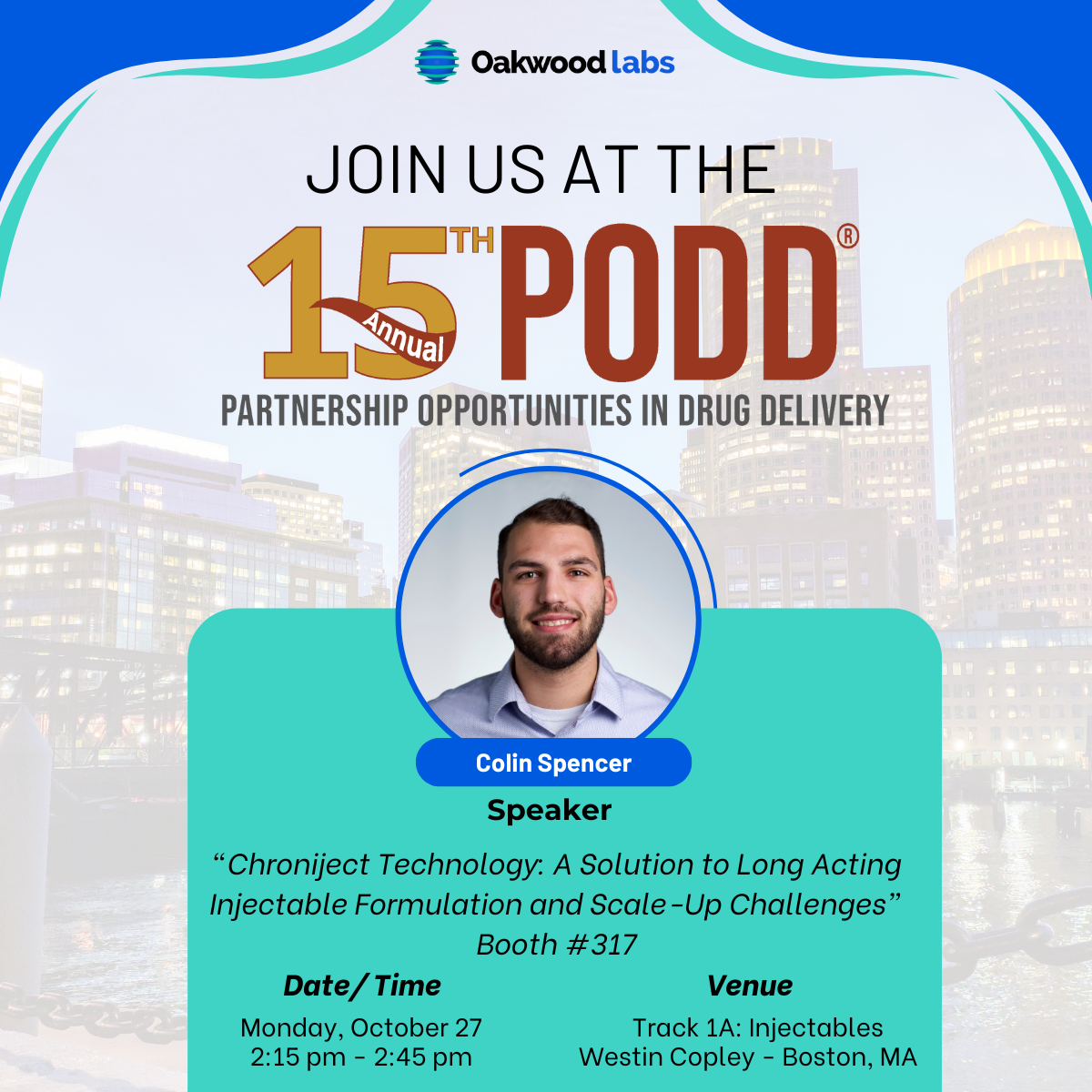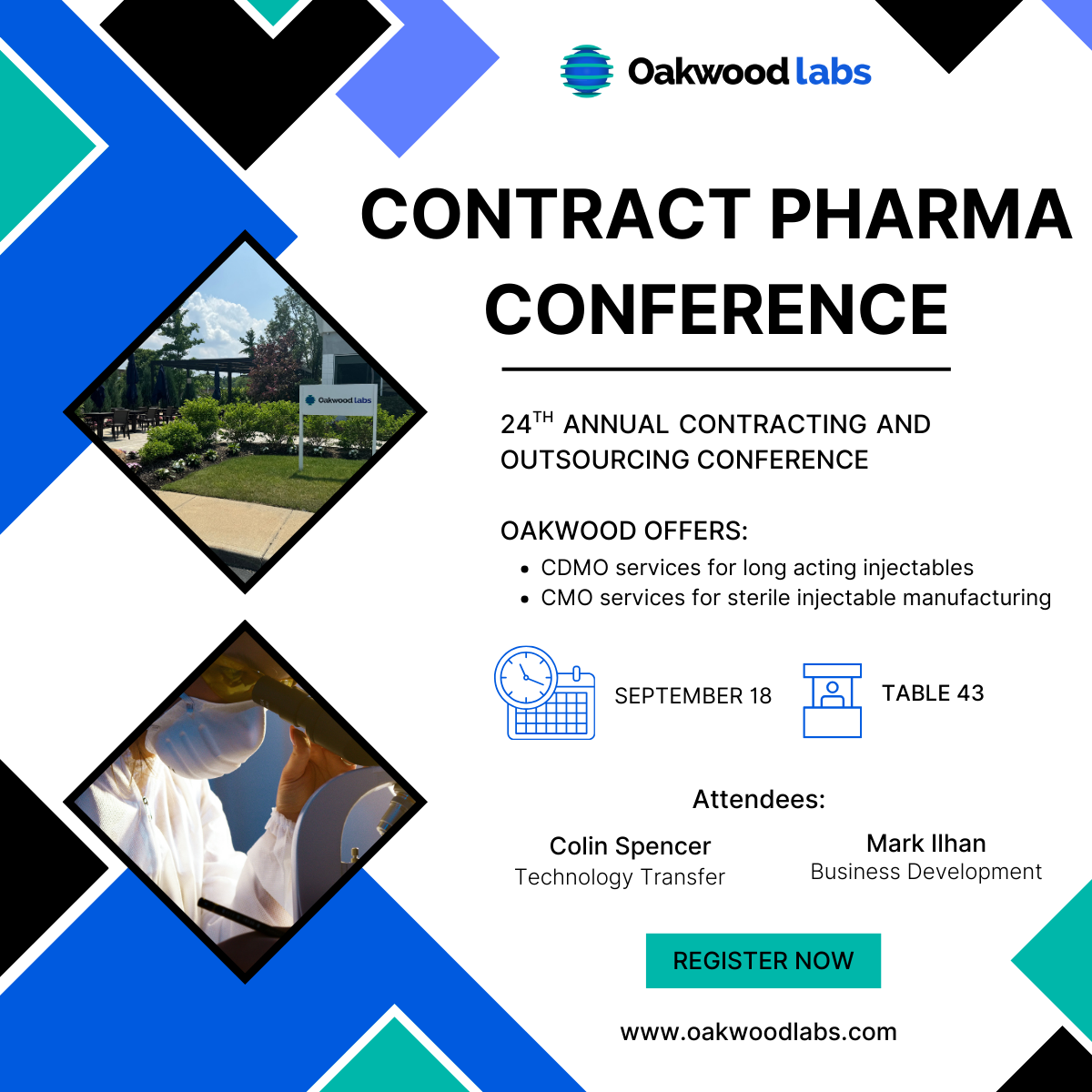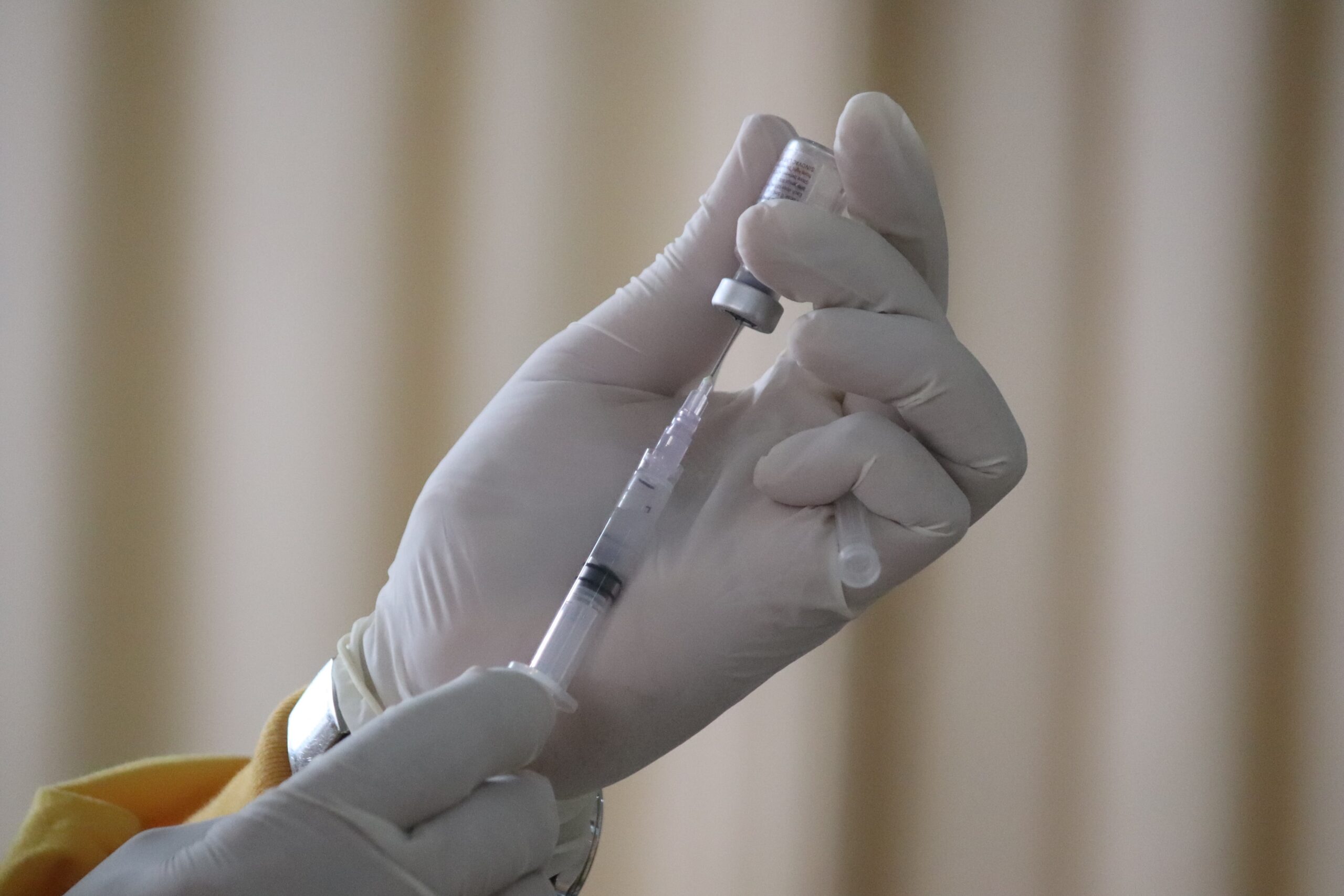Archives by Year: 2025
Key Takeaways
- Controlled-release drug delivery systems (CRDDS) supply medications within specific timeframes, using techniques like diffusion, dissolution, and osmotic control to produce reliable administration and improve patient compliance.
- These drug delivery systems come in a variety of forms, including parenteral (injectables like IV, IM, SQ), oral (tablets, capsules), transdermal (patches), and implants, all of which bypass the gastrointestinal system and hepatic first-pass metabolism to supply enhanced bioavailability and targeted efficacy.
- Some advanced controlled-release drug delivery systems use intelligent biomaterials, such as biodegradable polymers for implants and nanocarriers (liposomes, dendrimers) for targeted delivery, and current research is pursuing emerging opportunities in 3D printing and microfluidics.
Controlled-release drug delivery systems are incredibly beneficial for a range of medical conditions and applications, providing improvements over standard drug delivery systems. Conventional drug delivery can produce fluctuations in plasma drug levels, requiring frequent doses of the drug to be administered. Patient compliance can also be a problem, as well as reduced efficacy.
Using CRDDS approaches, however, can reduce the frequency of doses, prevent patient compliance issues, and produce 100% bioavailability, maintaining constant therapeutic blood levels.
Parenteral Controlled Delivery: Long-Acting Injectables (LAIs)
Parenteral delivery uses long-acting injectables to bypass the digestive track and first-pass metabolism, administering drugs that feature timed releases that can last from 1 week up to 1 year. Injectables can use intravenous (IV), intramuscular (IM), and subcutaneous (SQ) administration approaches.
These injections are easily syringable with 18- to 23-guage needles, offer positive stability characteristics, and are known for facilitating proven content uniformity. Their microsphere-based design makes them ideal for use with biodegradable polymers such as PLA, PLGA, and others.
Oral Controlled Delivery: Tablets and Capsules
Controlled-release drug delivery systems that use oral-intake methodologies, whether via tablets or capsules, are another common form used in medical applications. Delayed-release medications bypass deterioration normally imposed by stomach acid, pulse-release medications are designed to mimic standard biological rhythms, and osmotically controlled systems use laser-drilled holes in medication membranes to allow for steady absorption.
Many chronic conditions that require long-term medication administration use orally administered drugs, including diabetes, psychiatric conditions, heart problems, and more.
Transdermal Controlled Delivery: Patches and Implants
This form of drug delivery uses adhesive patches or implants to deliver predetermined doses of a medication via the skin and into the bloodstream. Different subsets of transdermal patches exist, including the drug-in-adhesive style that features the drug incorporated within the adhesive itself, the reservoir style which contains a secondary layer (a drug reservoir) that distributes the medication, the matrix style that features a semisolid matrix containing a drug solution, and the multilaminate style that features different layers of drugs.
Consumers are most familiar with these drug delivery systems through the prevalence of nicotine patches, but other options exist including fentanyl for severe pain and scopolamine for nausea and motion sickness.
Controlled Delivery Subprocesses
Biomaterials for Controlled Delivery: Biodegradable and Nonbiodegradable Systems
Various biomaterials aid in modulating the pharmacokinetics of a drug, including substances like polymers, peptides, and lipids. These biomaterials can be categorized as either biodegradable or nonbiodegradable in nature, with biodegradable being preferred since they are absorbed within the body and do not need to be removed. At Oakwood Labs, our long-acting injectables feature biodegradable polymers like polylactic acid (PLA), polylactic-co-glycolic acid (PLGA), and others.
Chemically and Water-Penetration-Controlled Implants
When it comes to implanted systems for controlled delivery, two key release mechanisms are used: chemically controlled systems and water-penetration or osmotic pressure-controlled systems.
Chemically controlled systems use biodegradable polymers via the methods of bulk erosion, which facilitates a breakdown throughout the material, and surface erosion, which features a breakdown only at the surface. Factors that can impact erosion include chain defects, configuration, and molecular weight.
Water-penetration-controlled implants, or osmotic pressure-controlled systems, on the other hand, use osmogens, moving a solvent from a lower concentration of solute toward a higher concentration across a semi-permeable membrane.
Stimuli-Responsive (Smart) Controlled Delivery Systems
Smart biomaterials respond to both internal and external stimuli, triggering or modulating a drug’s release. These stimuli can be categorized as chemical in nature, or physical, with chemical including aspects like pH, redox potential, and enzyme concentration, and physical including response to aspects like temperature, electric field, light, and more. Sensitivity to specific stimuli must be high since delivering excessive external stimuli could result in the damage of healthy tissues.
Nanocarriers: Targeted and Advanced Delivery
One emerging approach in the controlled drug delivery space is nanocarriers, which can offer improved bioavailability, sustained release action, and targeted delivery. Some of these nanocarriers include liposomes, which use enhanced permeability and retention (EPR) for targeting tumors, dendrimers, which feature a high surface area and symmetrical structure, and solid-lipid nanoparticles, ideal for use in the lungs and other parts of the body. Nanocarriers are also ideal for overcoming biological barriers, including crossing the blood-brain barrier.
FAQs on Controlled Release Types
What is the difference between a diffusion-controlled reservoir system and a monolithic matrix system?
A reservoir system contains the drug core covered by a thin membrane, allowing for easier achievement of zero-order release, maintaining a constant rate over time, but risking dose dumping if ruptured. Monolithic systems, on the other hand, have the drug dispersed throughout the matrix, making zero-order release difficult but eliminating the danger of dose dumping.
What essential structural components constitute a basic transdermal patch system?
A typical transdermal patch is composed of a backing film for protection, a drug layer (reservoir or drug-in-adhesive), a membrane to control the diffusion rate, an adhesive layer, and a release liner that is removed before application.
What were the key technologies of the various generations of controlled drug delivery systems?
The first generation, from the 1950s to the 1980s, focused on basic controlled release via dissolution, osmosis, diffusion, and ion exchange, accelerating oral and transdermal formulations. The second generation, from the 1980s to the 2010s, introduced prolonged release using biodegradable polymers for proteins/peptides and early nanoparticles. The third generation, from the 2010s to current, focuses on targeted delivery, non-invasive technology for nucleic acids/peptides, and self-regulating delivery.
How Long-Acting Injectables Stand Out
Oakwood Labs specializes in the development of long-acting injectables for diverse applications, as we believe this method of drug delivery is one of the best options available for medical facilities and patients alike. Some of the key benefits of LAIs include:
- Reduced number of injections required
- Ease of anatomical targeting
- Improved patient compliance
- Reduced possibility of drug abuse
- Variable durations of release, from 1 week to 1 year
- Proven content uniformity
- Easily syringable with 18- to 23-gauge needle
Plus, the Oakwood Labs team is adept at key aspects of the sustained release drug delivery process, including:
Working with our team means benefitting from our decades of industry experience, and we look forward to partnering with your organization.
Improve Your Operations with LAIs
Contact Oakwood Labs today to learn more about our approach to long-acting injectable development and the expertise we employ throughout the entire process. We look forward to speaking with you and aiding your project.
PharmaTher Holdings Ltd., a specialty life sciences company focused on unlocking the therapeutic potential of ketamine for neuropsychiatric disorders, today announced that it has entered into an Exclusive Evaluation and Option-to-License Agreement (the “Agreement”) with Oakwood Laboratories, LLC (“Oakwood”) for the development and commercialization of Oakwood’s patented long-acting injectable (“LAI”) ketamine program.
Fabio Chianelli, Chairman and CEO of PharmaTher, commented: “The long-acting ketamine program is a pivotal step in our strategy to build the most comprehensive ketamine franchise in neuropsychiatric disorders. We believe a convenient, durable LAI profile can expand ketamine’s clinical utility in treatment-resistant depression and major depressive disorders, improve adherence, and open new indications where steady exposure is critical. Importantly, this program leverages and extends the scientific, clinical, and regulatory foundation we have built with ketamine over the past several years, ensuring that our prior investments continue to compound while supporting a clear path to value-creating catalysts.”
Next-Generation Ketamine Franchise
The LAI ketamine program is designed to anchor a next-generation ketamine franchise that is clinically differentiated, indication-rich, and development-efficient. The key elements of this strategy aim to combine innovative delivery technology with high-value neuropsychiatric indications and a streamlined regulatory path to drive meaningful long-term value.
- Differentiated delivery: Leverages Oakwood’s proven sustained-release microsphere platform designed to enable subcutaneous or intramuscular dosing with controlled release over multiple weeks to months.
- Therapeutic breadth: Initial development to focus on neuropsychiatric indications, including treatment-resistant depression (TRD), major depressive disorders, and Parkinson’s disease-related levodopa-induced dyskinesia (LID).
- Regulatory efficiency: The LAI program is intended to pursue a 505(b)(2) pathway, leveraging established ketamine safety and efficacy literature where appropriate, with the goal of an efficient clinical development plan.
LAI Ketamine Market Opportunity in TRD
A differentiated LAI ketamine for TRD has the potential to redefine the standard of care compared with the currently approved intranasal option, SPRAVATO®, which require frequent in-clinic dosing and intensive monitoring. As of the third quarter of 2025, SPRAVATO® generated approximately $1.64 billion in trailing twelve-month (TTM) sales, and Johnson & Johnson projects annual sales between $3 billion and $3.5 billion by 2027 to 2028.
By enabling more convenient, less frequent dosing with controlled exposure over weeks to months, the LAI ketamine approach aims to improve safety by reducing acute adverse events (e.g., dissociation, blood pressure spikes), enhance patient adherence, reduce treatment burden for providers, and broaden access to ketamine-based therapy, while preserving the antidepressant effects associated with steady exposure that make ketamine so compelling. If successful, the LAI ketamine program could represent a next-generation TRD solution with significant commercial and strategic partnering appeal.
Near-Term Value-Creating Milestones
Over the next three months, PharmaTher plans to execute a focused set of value-driving milestones that are expected to rapidly advance the long-acting ketamine program toward clinical development. The Company intends to finalize CMC activities to support upcoming clinical studies and engaging with the U.S. FDA to align on a streamlined 505(b)(2) regulatory path, clinical study design, and safety package – steps that have the potential to significantly compress timelines to key inflection points. In parallel, PharmaTher will initially target treatment-resistant depression, while laying the groundwork for additional label expansion in neuropsychiatric disorders. Together, these initiatives are intended to create a clear catalyst-rich roadmap designed to unlock long-term value.
The Agreement grants PharmaTher an exclusive evaluation period and an exclusive option to obtain a global development and commercialization license for all fields of use to Oakwood’s patented LAI ketamine program over a 12-month period (the “Evaluation Term”). During this period, Oakwood will provide technical information and support to enable PharmaTher’s assessment of CMC, clinical, and regulatory strategy.
About Oakwood Laboratories
Oakwood Laboratories is a U.S. specialty pharmaceutical company focused on the development and manufacture of sustained release injectable products using Chroniject™, its polymer microsphere-based drug delivery technology platform. Oakwood provides end-to-end services from formulation through commercial scale manufacturing for novel and complex long-acting injectable (“LAI”) products.
For more information about Oakwood Labs, please contact:
Mark Ilhan
Director, Business Development
Tel: 1-440-703-3615
Email: milhan@oakwoodlabs.com
Oakwood Labs is happy to announce that we will be exhibiting and speaking at the upcoming American Association of Pharmaceutical Scientists (AAPS) 2025 PharmaSci 360 event. The event is from November 9-12 at the Henry B. Gonzalez Convention Center in San Antonio, Texas. If you would like to learn more about the event, please visit the following link: https://aaps2025.eventscribe.net/index.asp
- Presentation from Rachel Minrovic (Formulations) during the Chalk Talk on Spotlight Stage C, Aisle 3800, in the Exhibit Hall from 9:30am to 10:15am on Tuesday, November 11th
- Exhibiting at booth #3629. Stop by to meet our business and technical team.
Company Overview
Oakwood Labs is a global leading CDMO in sustained release drug delivery. We support all phases of long acting injectable development from initial feasibility studies through FDA-approved clinical and commercial supply. Oakwood has 28 years of drug encapsulation experience using Chroniject™, our patented microsphere-based technology. Chroniject™ provides the ability to control particle size, customize release durations from weeks to years, and minimize residual solvents to achieve critical quality attributes.
The two main offerings we are showcasing for the event are:
- CDMO services for long acting injectables
- CMO services for sterile injectable manufacturing
Contact Us for More Information
The AAPS PharmaSci 360 conference covers a broad range of industry updates and innovation within the pharmaceutical industry, and we are happy to contribute to the event! If you aren’t able to attend, but still want to learn more about Oakwood Labs or what you missed at the conference, contact us today!
We look forward to discussing our technology and CDMO/CMO capabilities.

Company Overview
Oakwood Labs is a global leading CDMO in sustained release drug delivery. We support all phases of long acting injectable development from initial feasibility studies through FDA-approved clinical and commercial supply. Oakwood has 28 years of drug encapsulation experience using Chroniject™, our patented microsphere-based technology. Chroniject™ provides the ability to control particle size, customize release durations from weeks to years, and minimize residual solvents to achieve critical quality attributes.
The two main offerings we are showcasing for the event are:
- CDMO services for long acting injectables
- CMO services for sterile injectable manufacturing
Contact Us for More Information
The PODD conference covers a broad range of industry updates and innovation within the drug delivery field, and we are happy to contribute to the 15th event! If you aren’t able to attend, but still want to learn more about Oakwood Labs or what you missed at the conference, contact us today!
We look forward to discussing our technology and CDMO/CMO capabilities.
Oakwood Labs is happy to announce that we will be participating and exhibiting at the upcoming 2025 Contracting and Outsourcing Conference. The event is on September 18th at the Hyatt Regency Hotel in New Brunswick, New Jersey. Oakwood will be table 43. If you would like to learn more about the event, please visit the following link: https://conference.contractpharma.com/
Company Overview
Oakwood Labs is a global leading CDMO in sustained release drug delivery. We support all phases of long acting injectable development from initial feasibility studies through FDA-approved clinical and commercial supply. Oakwood has 28 years of drug encapsulation experience using Chroniject™, our patented microsphere-based technology. Chroniject™ provides the ability to control particle size, customize release durations from weeks to years, and minimize residual solvents to achieve critical quality attributes.
The two main offerings we are showcasing for the event are:
- CDMO services for long acting injectables
- CMO services for sterile injectable manufacturing
Contact Us for More Information
The Contract Pharma Conference covers the outsourcing of pharma services, and we are happy to contribute to the event! If you aren’t able to attend, but still want to learn more about Oakwood Labs or what you missed at the conference, contact us today!
We look forward to discussing our technology and CDMO/CMO capabilities.
Sterile injectables are essential components of the healthcare system, as they can help in the treatment of a wide range of conditions. Whether someone suffers from cancer, HIV/AIDS, or a different chronic condition, sterile injectables can provide them with therapeutic relief by administering medication directly into the bloodstream or tissues of the body.
Unlike pills, gels, or aerosols, injectables bypass the body’s natural defenses. While this is effective and better for long term use, it also requires extensive precautions throughout the manufacturing process to prevent product contamination. Therefore, a sterile manufacturing environment is required to ensure a process free of microorganisms, particulates, or other contaminants. Explore the essentials of sterile manufacturing for injectables, including aseptic processes, cleanroom technology, and fill-finish services in our post.
Sterile Manufacturing Protects Patients
Sterile manufacturing produces pharmaceuticals in environments free from microorganisms. The WHO allows an injectable to be classified as sterile once it has a probability of contamination with replicating organisms of less than one out of one million. Maintaining sterility requires a specialized process for manufacturing that is more advanced than what is used for other medical solutions.
The sterile manufacturing process is essential for maintaining the integrity of drug products, especially injectables, where a small microbial contamination can pose health risks for patients.
Key Components of Sterile Manufacturing
The FDA currently has regulations in place for CGMP, which includes requirements for creating sterile drugs and biological products. Different regulations feature different guidelines.
For example, 21 CFR 211.113(b) requires written procedures to prevent microbiological contamination and validation of sterilization processes. Additionally, the WHO also has GMP guidelines in place for clean areas, aseptic processing, and beyond.
Therefore, it is critical to maintain the following when producing injectables and other types of drugs:
- Aseptic manufacturing – Drug products are filled into sterile containers without exposing them to contamination.
- Terminal sterilization – This approach applies heat, chemicals, or radiation to sealed drugs, which eliminates microorganisms. The method is only used when the product’s formulation is able to withstand the treatments, ensuring sterility in the post-packaging process.
- Clean room technology – Clean rooms provide a controlled environment with minimized levels of airborne particles, microorganisms, and vapors from chemicals. These rooms have advanced air filtration, clean steam systems, and operational procedures that help to ensure that products within are free from contamination.
The Process for Fill Finish Services
Aseptic fill-finish is required because not all products can be sterilized after filling, especially since some cannot be sterilized after filling due to sensitivity to heat, radiation, or other terminal sterilization, which might negatively impact product effectiveness. This stage occurs at the end of manufacturing and is the most critical part of the injectable manufacturing process. Request the help of a CDMO to assist you in this process, and they will do the following:
- Filling – The drug is placed into the final product containers under controlled conditions and is performed in a cleanroom that controls the air quality, temperature, and humidity. In this part of the process, the equipment and packaging are also kept sterile for patient safety.
- Container closure – Just as the fill process is important to make sure everything is sterile, an appropriate closure must also be chosen to maintain the sterility and stability of the drug. Choose between a vial, syringe, ampoule, or something else – whatever is going to work best in your specific application.
- Quality control – A major part of the fill-finish process is rigorous quality control. It’s important to ensure that the product meets regulations, as proven by testing throughout the process. This includes environmental monitoring and testing the product at the end of the process to ensure that the final product is not only sterile, but also maintains efficiency.
- Labeling and packaging – When the product is filled and certified as sterile, the finished item will be labeled and packaged according to regulations and any established requirements.
As a reminder, it’s essential to work with a manufacturer that follows regulatory guidelines like GMP to ensure safety, efficacy, and quality.
Work with Oakwood Labs
Oakwood Labs has over 20 years of experience working with pharmaceutical firms of all sizes, so we know exactly what it takes to be an effective partner in creating sterile injectables. Our team is focused on achieving milestones within clearly defined deadlines and providing transparent communication throughout the entire manufacturing process. Additionally, we are ready to adapt at any point to ensure that your patient needs are met.
Learn about additional benefits of partnering with us:
- From R&D to formulation to GMP commercial manufacturing, we are fully equipped to help you
- We use microspheres in our injectables, a patented technology that facilitates tailored release from weeks up to one year
- Our scale-up process has lot-to-lot reproducibility, which means our formulations are reliable
- We operate in an FDA-approved aseptic GMP facility
- From proof of concept to clinical trials, we have a strong track record of success
Additionally, we perform work on a fixed-fee basis and carry it out using project management tools. A dedicated team is selected to work on your project once initiated, and each team includes formulation scientists, analytical chemists, and a project manager. We also host regular meetings to transparently report on progress, and we pride ourselves on our ability to accomplish your project goals.
Get Started Today
If you’ve been searching for a sterile manufacturer, Oakwood Labs is here to help. For more information or to ask any questions, be sure to reach out to our team. We’re ready to assist you.
When choosing a company to manufacture your pharmaceuticals, there are so many different aspects to consider. Aside from the bottom-line pricing, product safety and quality are the biggest drivers of deciding whether to contract with a manufacturing company.
The FDA’s regulations offer a systematic framework for companies to follow to ensure that their products are of the highest quality and safety. The FDA warning letters companies might receive are then a result of inspections and any noncompliance with established standards. Over the years, more warning letters have been issued because an aging American population and an increasing need to address chronic diseases has prompted growth in research and development in pharmaceuticals and medical technologies.
Before the addition of the Quality System Regulations in 1997, the FDA found that about 44% of quality issues leading to voluntary recall actions were attributed to deficiencies in product design that would have been prevented with better controls. The general trend has been an increase in violations in design control which shows increasing FDA’s emphasis on it. The quality systems fall in five categories:
- Production and process controls – Production and process controls relate to establishing and maintaining procedures to document, monitor, and verify compliance of the manufacture of the product. These processes are applied to all phases of production beginning with initial purchase and receipt of raw materials and/or parts and extending to the sale, distribution, installation, and servicing of the finished product.
- Corrective and preventive actions – CAPAs relate to establishing and maintaining procedures for investigating non-conformances, identifying actions to address these, and verifying that these actions are effective.
- Design controls – Design controls involve the establishment and maintenance of procedures to control the design of the device to ensure that the specified design requirements are met.
- Management controls – Management controls refer to policies, organizational structure, resources, personnel, and internal review of the quality system.
- Document controls – Document controls relate to procedures for documenting device and batch-/lot-specific specifications and production processes, as well as those for document approval, distribution, and changes.
The Difference Between Form 483 and a Warning Letter
After an inspection, the FDA usually issues Form 483, which details inspectional observations. The form is used as a guide for voluntary corrective action with a response from the company required within 15 working days.
It is not a final determination of whether the business is in violation of any regulations. On the other hand, a warning letter states the exact regulation of which the company is in violation. The warning letter has the potential to have an impact on requests by the company for certain licenses or applications. The FDA can also take legal action if the concerns in the letter are not addressed.
The Most Common Warning Letter – Failure to Follow Standard Operating Procedures (SOPs)
Just like any other organization, the FDA has limited resources. This means that when they inspect a company, one of the biggest aspects they focus on is the standard operating procedures because the foundation of the quality system is a set of SOPs that are meant to be followed to ensure compliance with regulations. The consensus is that if a company does not take compliance with SOPs seriously, they will not take other regulatory compliance seriously either.
Why Oakwood Labs Is the Best Choice for a CDMO Partner
Oakwood Labs maintains rigorous in-house quality systems, including Quality Assurance and Validation, QC Microbiology, and QC Chemistry. Our team is highly committed to quality and has a long history of compliance.
Quality Assurance/Validation
We have a documented Quality Management System (QMS) designed and implemented to fulfill the following regulatory requirements:
- FDA 21 CFR Part 210 and 211 cGMP in Manufacturing, Processing, Packing, or Holding of Drugs and Finished Pharmaceuticals
- FDA 21 CFR Part 4, Regulation of Combination Products
- FDA 21 CFR Part 11 Electronic Records and Electronic Signatures
- ICH Q10 Pharmaceutical Quality System
Need a Trusted Partner for FDA Compliance? Contact Us
If you want to ensure that your operations avoid running afoul of the FDA, let the experts at Oakwood Labs help. Reach out to our team today to discuss project details and we can get to work developing workable solutions.
Because of opioids’ abilities at treating moderate to severe pain, acute pain, and chronic pain, as well as their use in other roles, many doctors and medical facilities rely on them to provide patients with the best care possible for a range of conditions. While there are several ways to distribute opioids, one viable approach is using long-acting injectables, or LAIs, to achieve reliable and precise results.
At Oakwood Labs, we’re experts at long-acting injectable development for an array of medicine types, including opioids. Read on to learn about everything we can provide and why we’re the right choice for opioid medication development.
Uses and Forms of Long-Acting Injectable Opioids
Medical professionals may opt for long-acting injectables for opioid administration due to the many benefits the approach provides, or in some cases they may rely on LAIs when other methods are nonviable or unable to treat ongoing conditions effectively.
Specific applications can include distribution of:
- Medications for moderate to severe pain
- Medications for acute pain
- Medications for chronic pain
- Sedatives
- Anesthesia
Some of the opioids that have been successfully produced as extended-release medications include:
- Avinza
- Kadian
- MS Contin
- Exalgo
- Duragesic
- Dolophine
- Butrans
- Embeda
- Nucynta ER
- OxyContin
- Palladone
- Opana ER
- Fentanyl (generic)
- Methadone hydrochloride (generic)
- Morphine sulfate (generic)
- Oxymorphone hydrochloride (generic)
Benefits of Using LAIs for Opioid Administration
There are a variety of advantages to using long-acting injectables for opioids and other drugs, including:
- Reduced injections and less frequent doses – Patients need to receive injections only every few weeks or months, depending on the circumstances, compared to other application methods that may require daily use
- Prevention of drug abuse – Since opioids have the potential for abuse and addiction, using long-acting injectables for administration over other methods keeps the control in health professionals’ hands, preventing intentional or accidental abuse
- Improved adherence – With a regular injection schedule, patients will be less inclined to miss or forget doses, allowing them to stay on track and fully benefit from their treatment plan
- Consistent dosing – LAIs provide a steady dose of a drug over time, minimizing the peaks and valleys that can come about from daily oral medications
Long-Acting Injectable Development at Oakwood Labs
The Oakwood Labs long-acting injectable development process uses our technology platform Chroniject™. Some of the benefits of the Chroniject™ system and our overall LAI approach include:
- Medication release durations of 1 week to 1 year
- Formulations that are easy to scale
- Rapid development of formulations via small-scale batches
- Excellent stability characteristics
- Proven content uniformity
- Molecule compatibility with small molecules, proteins, and peptides
- Absence of foreign particulate matter
- Immediate reconstitution with WFI, and no special diluents are required
- Well-controlled process parameters
- Proven lot-to-lot reproducibility
- Ease of syringe administration with 18- to 23-gauge needles
Other Long-Acting Injectable Opportunities for Opioids
In addition to supplying LAIs for opioid drugs, our team is also adept at providing extended-release solutions for treating opioid use disorder. Though opioids have many uses for patient care, they can obviously be abused or lead to accidental addiction.
Just as LAIs excel at controlling opioid distribution, they can also help healthcare providers and patients treat addiction. If your organization is interested in this additional long-acting injectable application, know that you can benefit by way of:
- Removing the need for daily dosing, reducing the chance of missed doses and patient relapses
- Targeting specific areas of the body, particularly the brain, which affects withdrawal symptoms, cravings, and euphoric effects
- Ensuring consistent medication levels that can lead to improved patient outcomes
Contact Us for Opioid Long-Acting Injectables
The Oakwood Labs team is ready to provide your organization with the long-acting injection solutions you need to supply first-rate medical care. Reach out to our team today to discuss options.
Oakwood Labs is happy to announce that we will be participating and presenting at the upcoming Forum on Pharma: Building Better Injectables. The event goes from June 3-5 at the Ashland R&D site in Wilmington, Delaware. If you would like to learn more about the event, please visit the following link: https://solving.ashland.com/pharmaceutical/wilmington-injectable-form-0632025
Company Overview
Oakwood Labs is a global leader in sustained release drug delivery. We support all phases of long acting injectable development from initial feasibility studies through FDA-approved clinical and commercial supply. Oakwood has 28 years of drug encapsulation experience using Chroniject™, our patented microsphere-based technology. Chroniject™ provides the ability to control particle size, customize release durations from weeks to years, and minimize residual solvents to achieve critical quality attributes.
Oakwood will be presenting:
Dr. Tracy Richey (Senior Director of Technology) will be presenting on understanding advanced delivery formulation techniques.
Contact Us for More Information
The Forum on Pharma covers a wide range of topics, and we are happy to contribute to the event! If you aren’t able to attend, but still want to learn more about Oakwood Labs or what you missed at the conference, contact us today!
We look forward to discussing our technology and more.
Oakwood Labs is happy to announce that we will be exhibiting at Booth #748 at the upcoming 2025 Convention on Pharmaceutical Ingredients (CPHI) on May 20-22 in Philadelphia, Pennsylvania. If you would like to learn more about the event and register to attend, please visit the following link: https://www.cphi.com/americas/en/home.html
Company Overview
Oakwood Labs is a global leader in sustained release drug delivery. We support all phases of long acting injectable development from initial feasibility studies through FDA-approved clinical and commercial supply. Oakwood has 28 years of drug encapsulation experience using Chroniject™, our patented microsphere-based technology. Chroniject™ provides the ability to control particle size, customize release durations from weeks to years, and minimize residual solvents to achieve critical quality attributes.
Stop by Oakwood Lab’s Booth #748 to meet our team and learn more about how we can assist in the following areas:
- Long Acting Injectable Technology (CDMO)
- Feasibility studies
- Scale-up and optimization of formulation
- Manufacturing GLP toxicology batches
- Clinical trial manufacturing (Phase I, II, III)
- Contract Manufacturing (CMO)
- Technology Transfer
- GMP Registration and Validation batches
- Aseptic GMP commercial batch manufacturing
- ICH compliant stability testing
Contact Us for More Information
The CPHI Americas 2025 conference covers a wide range of topics, and we are happy to contribute to the event! If you aren’t able to attend, but still want to learn more about Oakwood Labs or what you missed at the conference, contact us today!
We look forward to discussing our technology and more.










